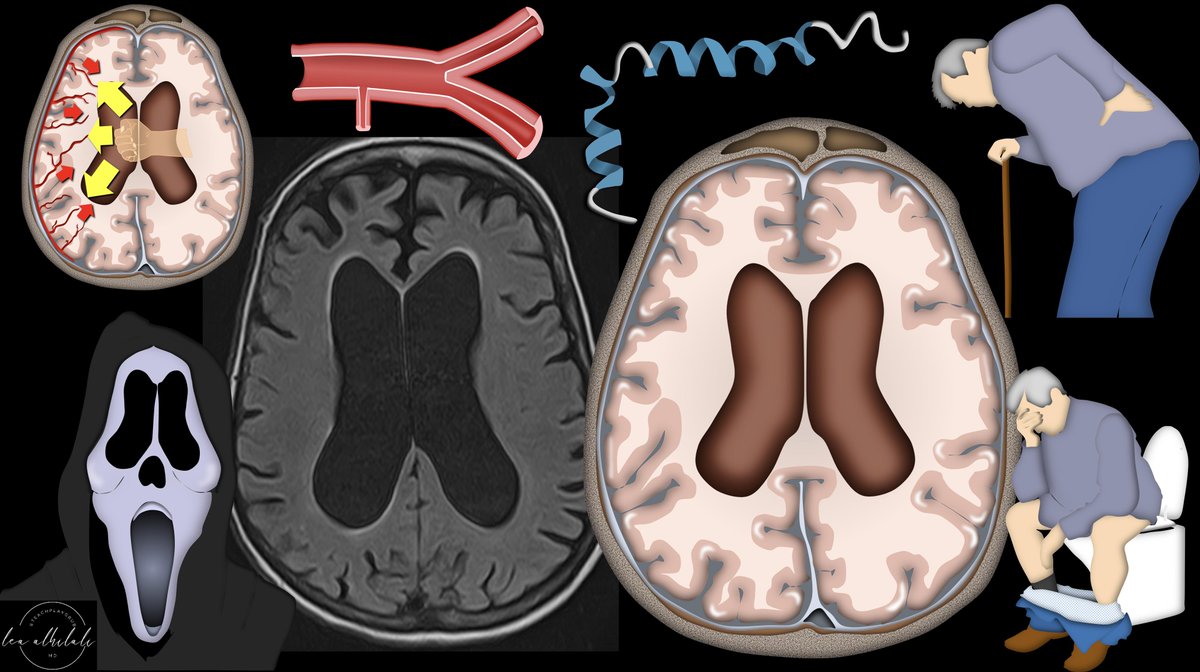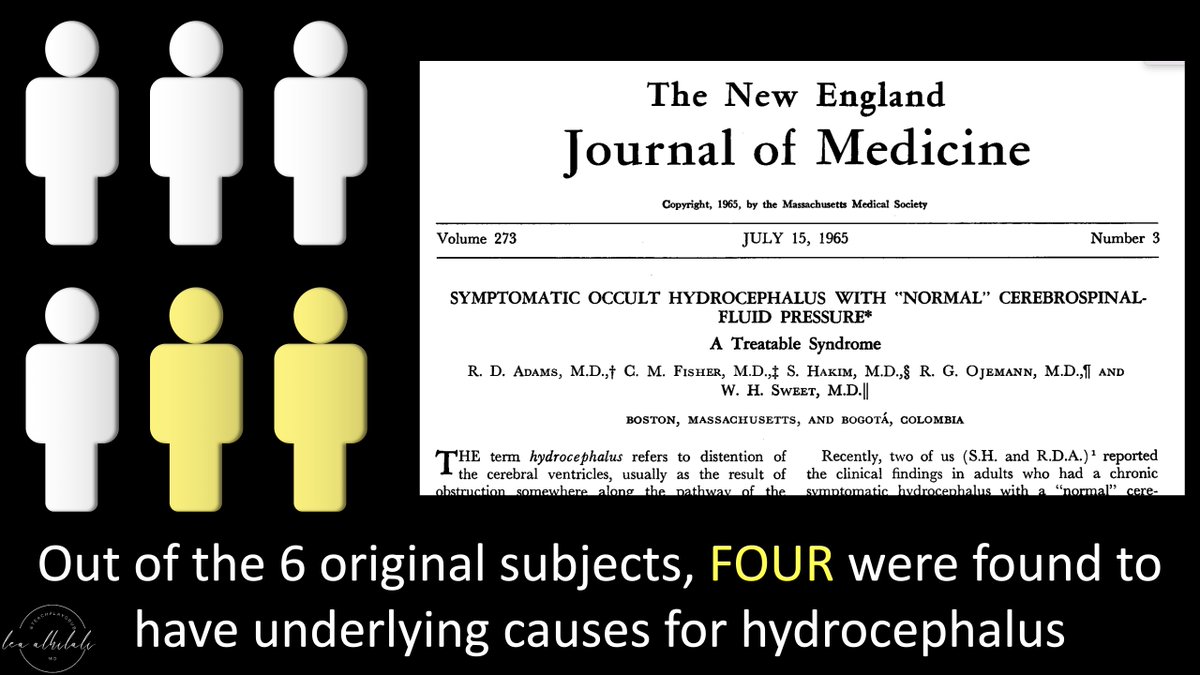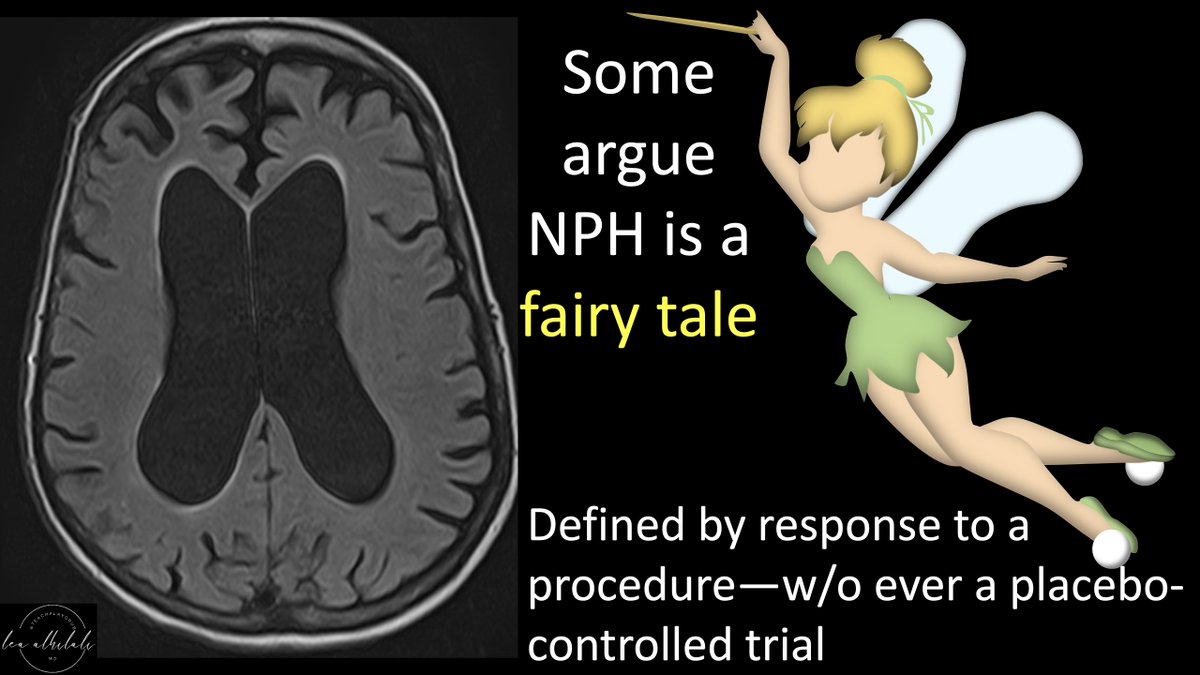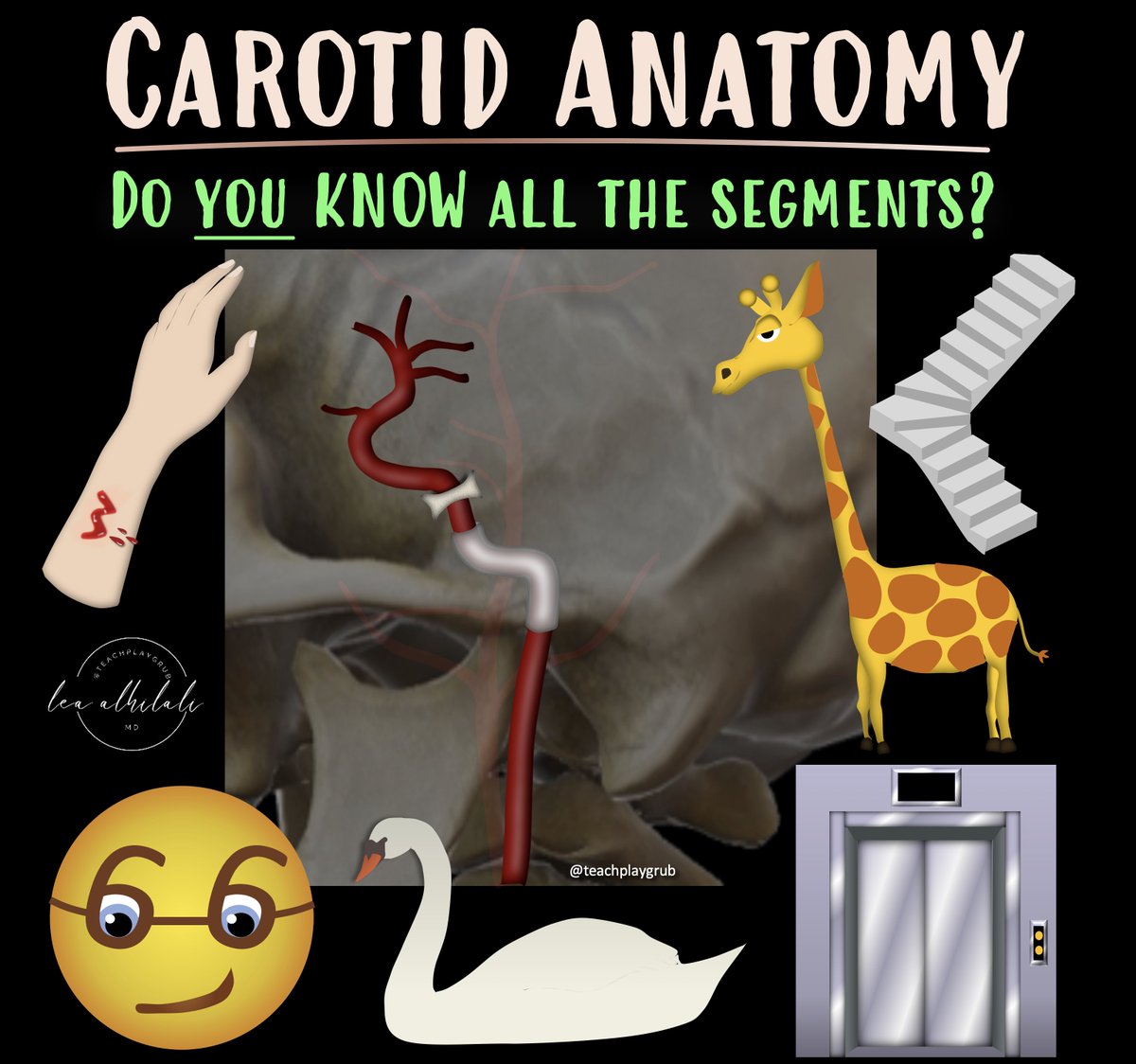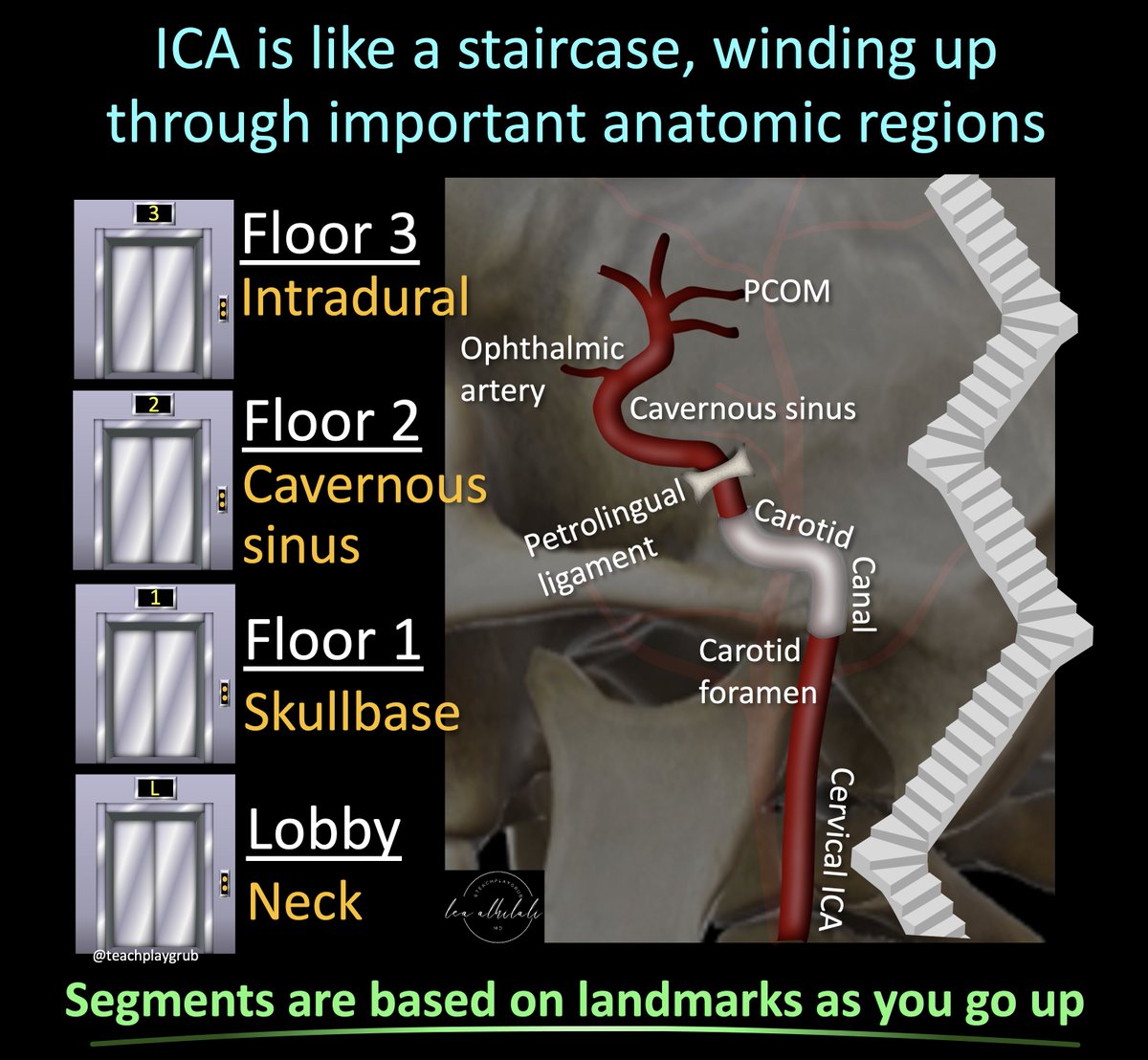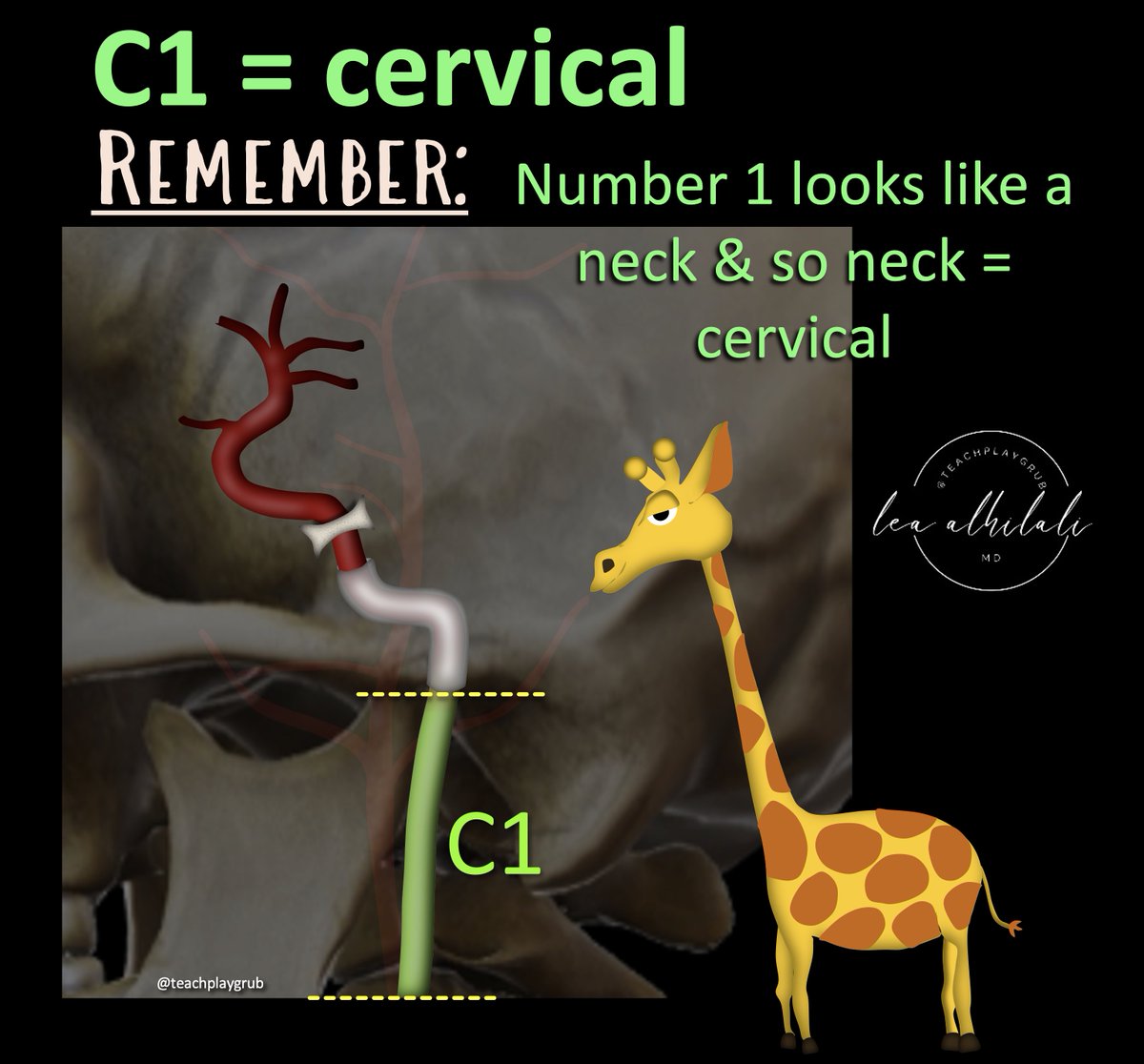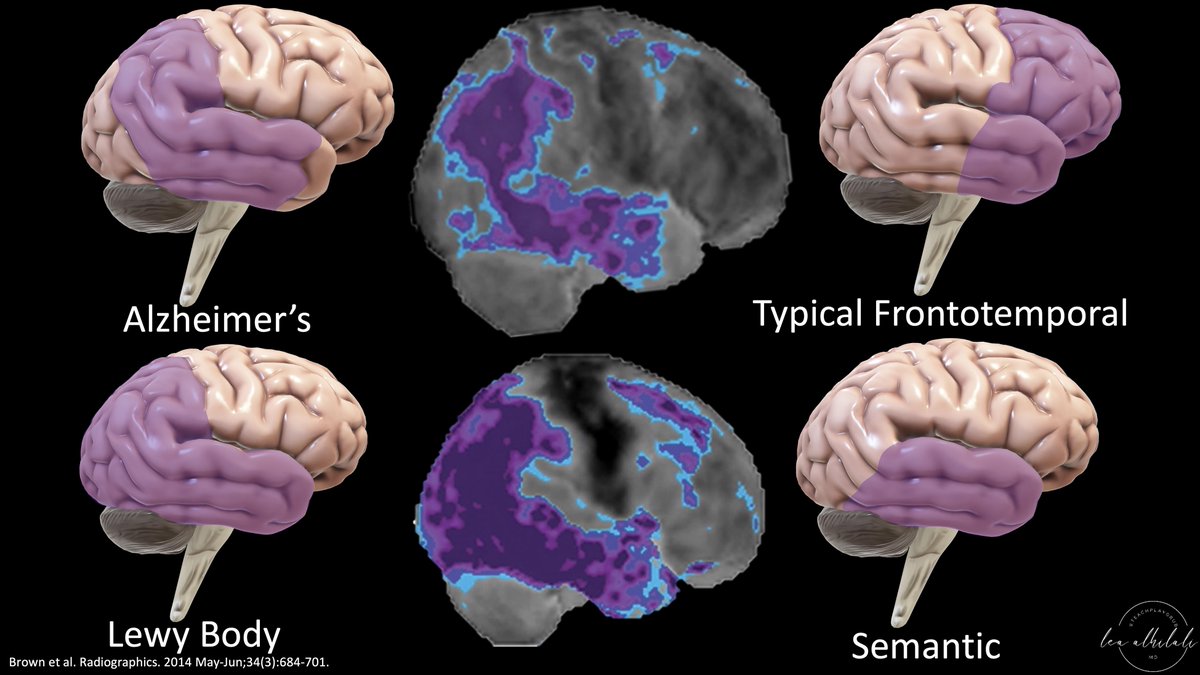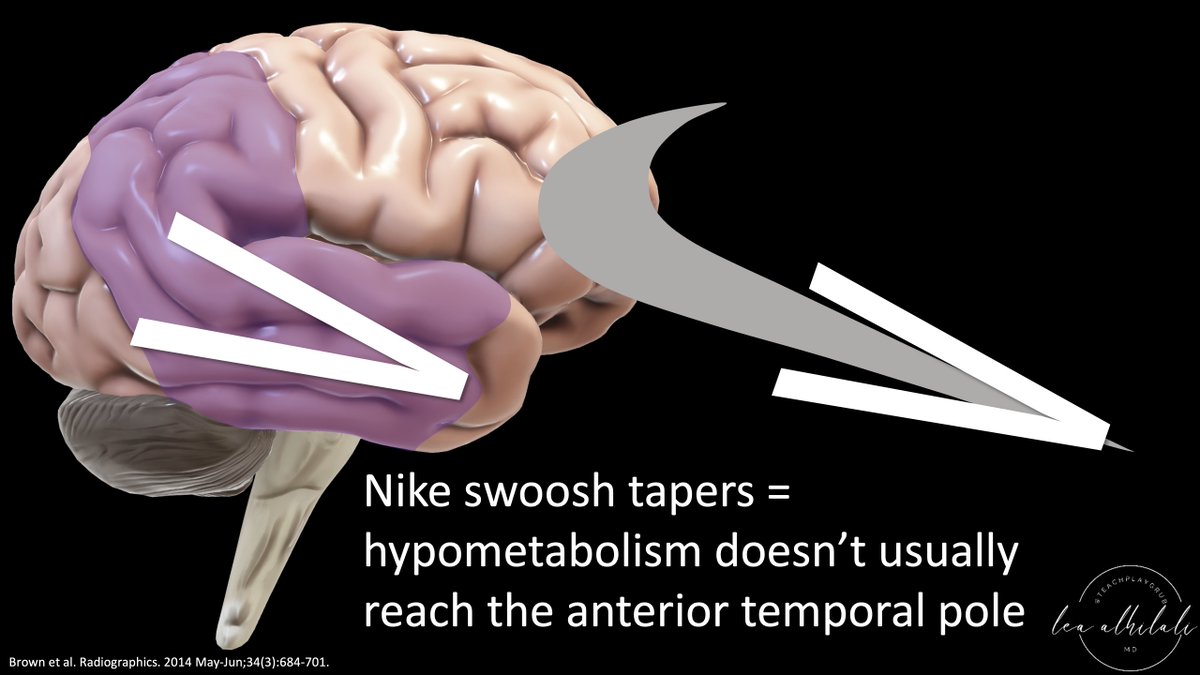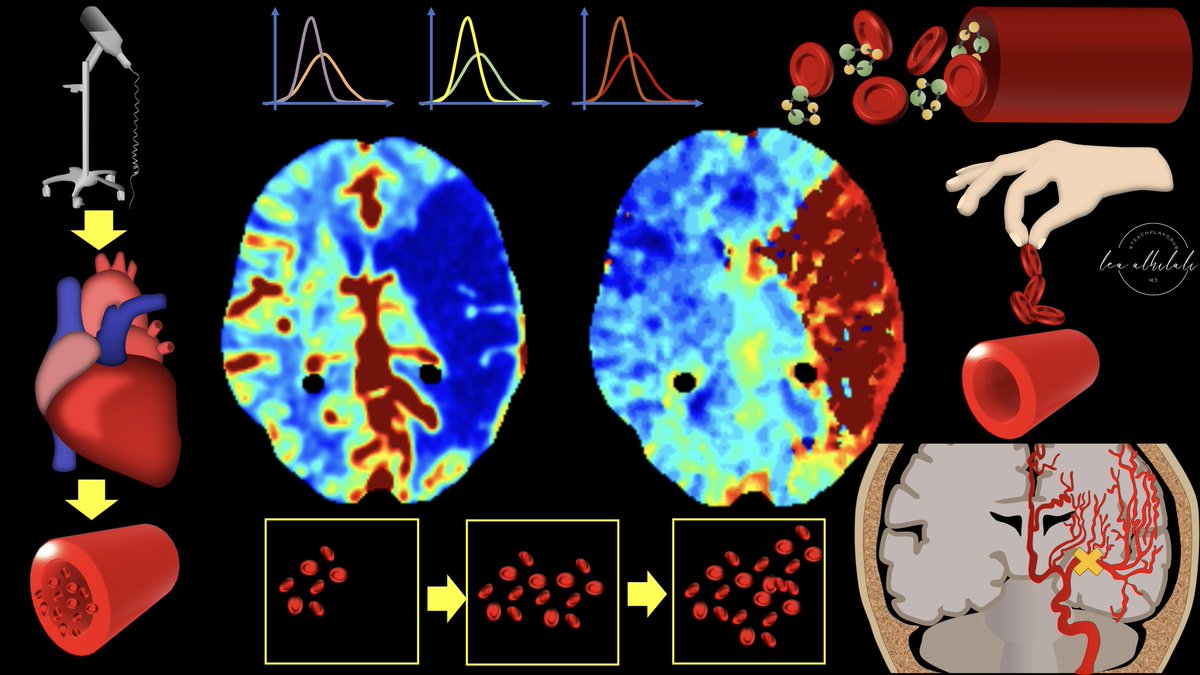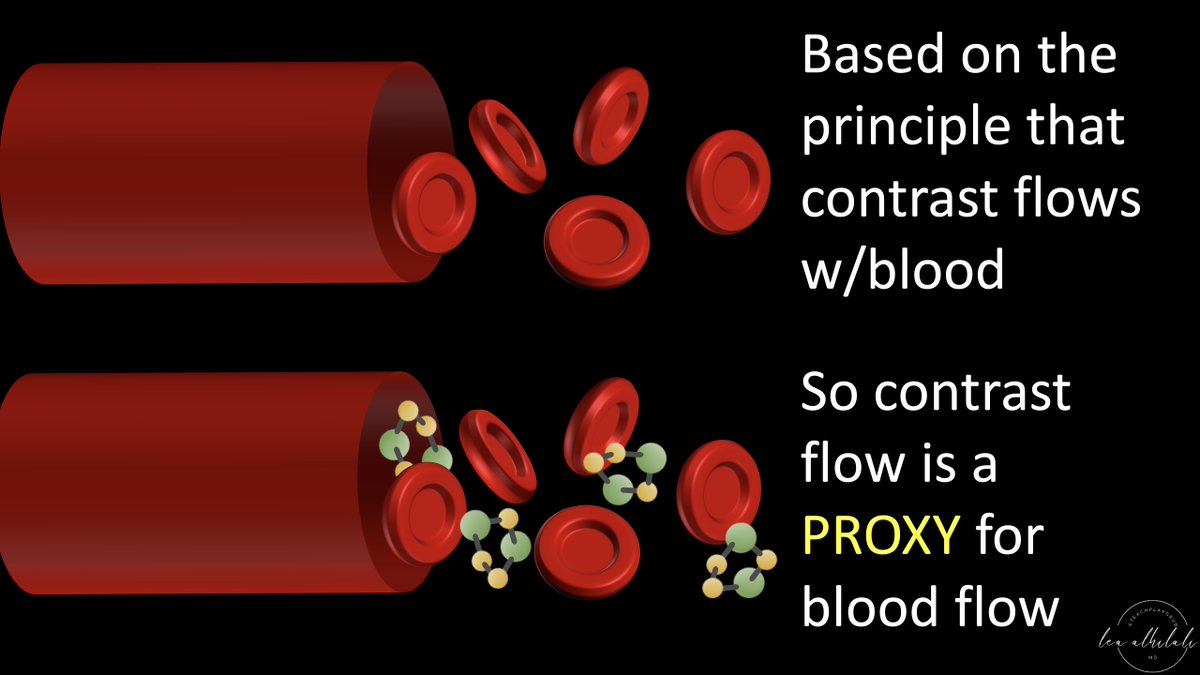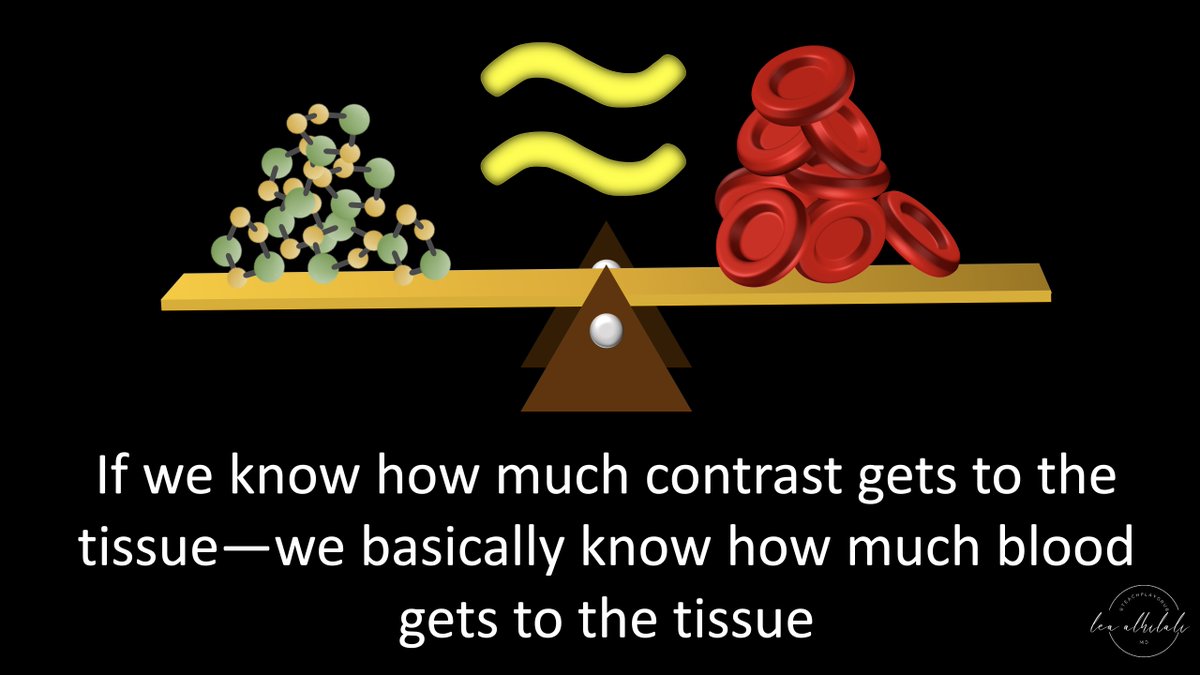1/Hungry for a good case?! Radiologists love imaging findings that look like food—this case takes it to the next level
A🧵about an interesting case that really brought the phrase “watching what you eat” home #medtwitter #radres #FOAMed #FOAMrad #neurorad #Meded #radiology #HNrad
A🧵about an interesting case that really brought the phrase “watching what you eat” home #medtwitter #radres #FOAMed #FOAMrad #neurorad #Meded #radiology #HNrad

2/Pt was eating dinner, suddenly started coughing & was in respiratory distress. A tubular object was seen in the trachea on CT—I jokingly asked if he had aspirated a worm! It looked almost like a curly straw—but it would be hard to aspirate that! 

3/Our initial thought was that it was pasta—there are many types of pasta that are tubular, and pasta can look very dense on CT. We each took turns guessing the type of pasta—there were guesses of ziti, penne, rigatoni and macaroni 

4/But as my mom once said, it’s not easy eating greens! This was asparagus. And we were actually able to find a paper on asparagus CT imaging. Asparagus has different appearances depending its fibrous content. Not surprisingly—the one aspirated was max fibrous! 

And now you'll never have guess about asparagus!
• • •
Missing some Tweet in this thread? You can try to
force a refresh


